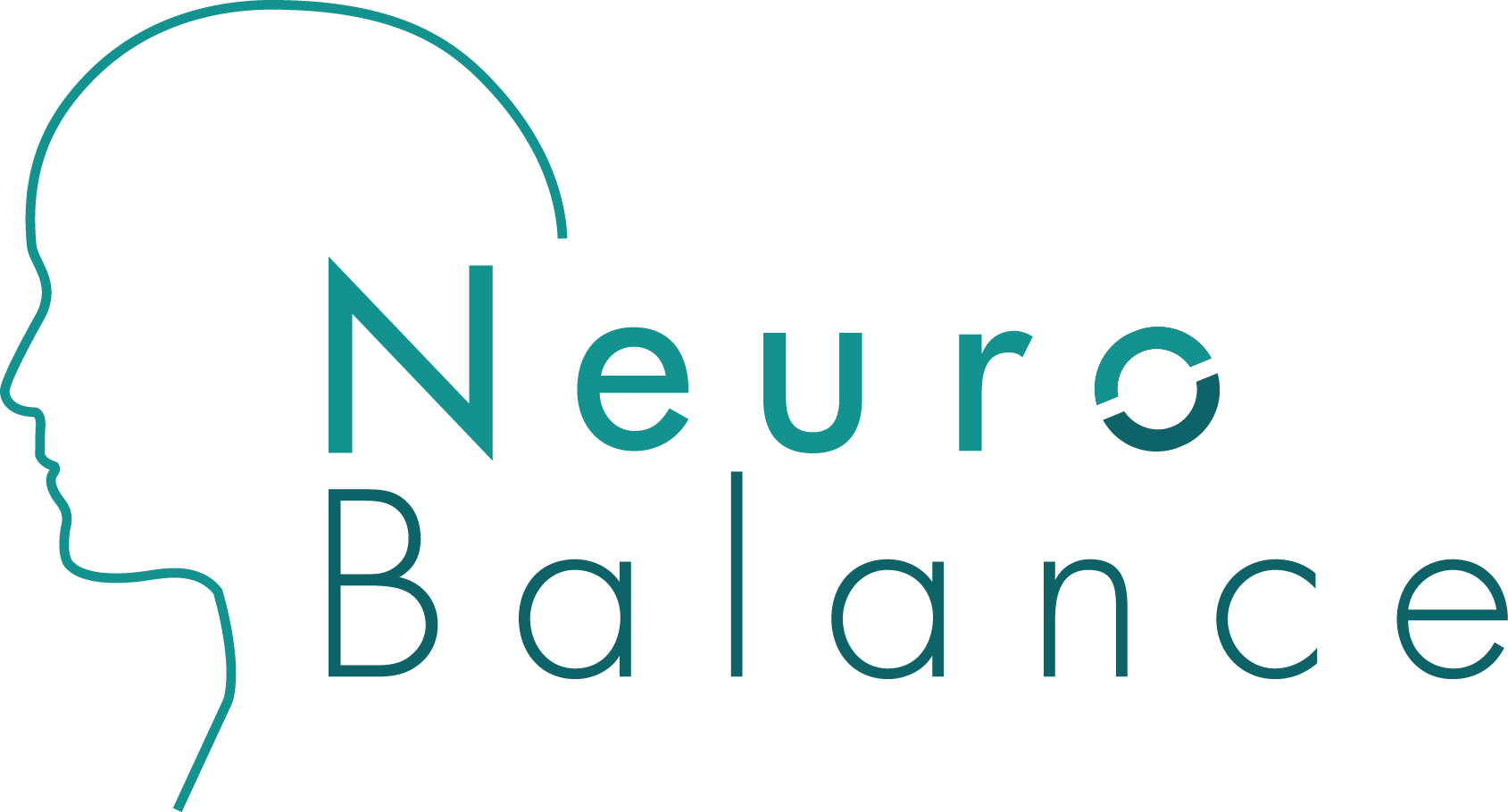The Chemistry of Love: How Falling in Love Scrambles Your Brain
Falling in love is not just a metaphorical expression; it triggers a literal whirlwind of chemical reactions in the brain that can be compared to a form of addiction, albeit a positive one. This phenomenon has captivated scientists and romantics alike, leading to extensive research into the neurobiology of love and bonding. Let's delve into this fascinating journey, exploring the chemistry of love, its effects on our brain, and how it alters our perception and interaction with the world.
The Components of Love: A Complex Interplay
Love is a complex, multi-dimensional emotion, comprising lust, attraction, and attachment, each governed by distinct brain systems. This intricate dance of chemicals and neurotransmitters not only fuels our romantic pursuits but also plays a crucial role in human evolution and survival.
The Chemical Cascade of Falling in Love
When Cupid's arrow strikes, our brain undergoes a chemical siege, marked by a significant surge of dopamine, the neurotransmitter responsible for pleasure and reward. This dopamine flood is accompanied by other chemicals, energizing us with a mix of euphoria, focus, and an obsessive attention towards our beloved.
The transition from lust to attachment can be as unpredictable as love itself. Sexual encounters may initially spark dopamine-driven passion, but with repeated intimate connections, the brain starts secreting oxytocin and vasopressin. These hormones enhance feelings of attachment, pushing the relationship beyond mere physical attraction.
Love's Addiction: A Neurological Perspective
The brain in love mirrors the brain on drugs, showing decreased serotonin levels akin to those observed in people with obsessive-compulsive disorders. This decrease in serotonin contributes to the all-consuming nature of new love, driving the obsessive thoughts and actions that characterize this phase. Love stimulates the nucleus accumbens, a key player in the brain's reward circuit, which explains why being in love feels so exhilarating and, at times, addictive.
The Role of the Brain's Reward System
Harvard Medical School sheds light on the brain's reward system, heavily implicated in the process of falling in love. This system, involving regions like the caudate nucleus and the ventral tegmental area, floods our brain with dopamine. This not only rewards us with pleasure but also motivates us to pursue the source of this pleasure - our romantic interest. This neural circuitry, evolutionarily ancient, underscores the fundamental role of love in human behavior and relationships.
The Emotional and Physical Symphony of Love
The initial phase of love also sees a spike in cortisol levels, heightening our stress response, while serotonin levels dip, fueling the obsessive aspects of love. This biochemical turmoil manifests physically - quickened heartbeats, flushed cheeks, and the classic butterflies in the stomach. Oxytocin and vasopressin play critical roles in deepening the emotional bond between partners, reinforcing the connection through touch and intimacy.
Conclusion
Understanding the neurochemistry of love not only satisfies our curiosity about this universal human experience but also highlights the profound impact of love on our mental and physical well-being. It's a reminder that love, in all its complexity, is deeply rooted in our biology, driving us towards connection and companionship. As we navigate the highs and lows of romantic love, it's fascinating to consider how much of our experiences are shaped by the unseen chemical forces within our brains.
Through the lens of science, the adage "love is a drug" takes on a new, literal meaning, offering insights into why we fall in love and how it transforms us. So, the next time you feel the rush of falling in love, remember the incredible biological journey your brain is embarking on - a journey as old as humanity itself.
-A Balanced Brain is a Better Brain for a Happier Life-
